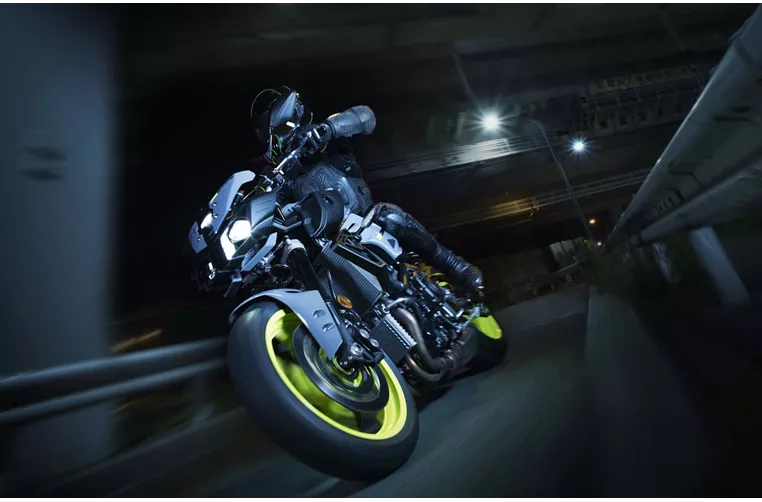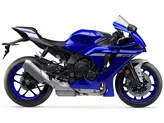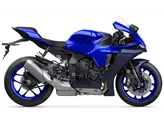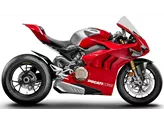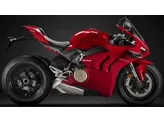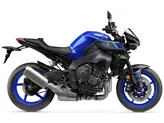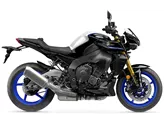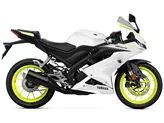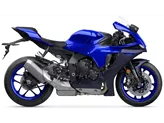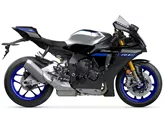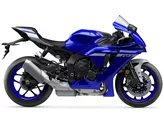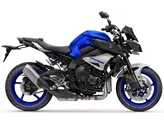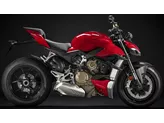Yamaha MT-10 2016 vs. Yamaha R1 2016
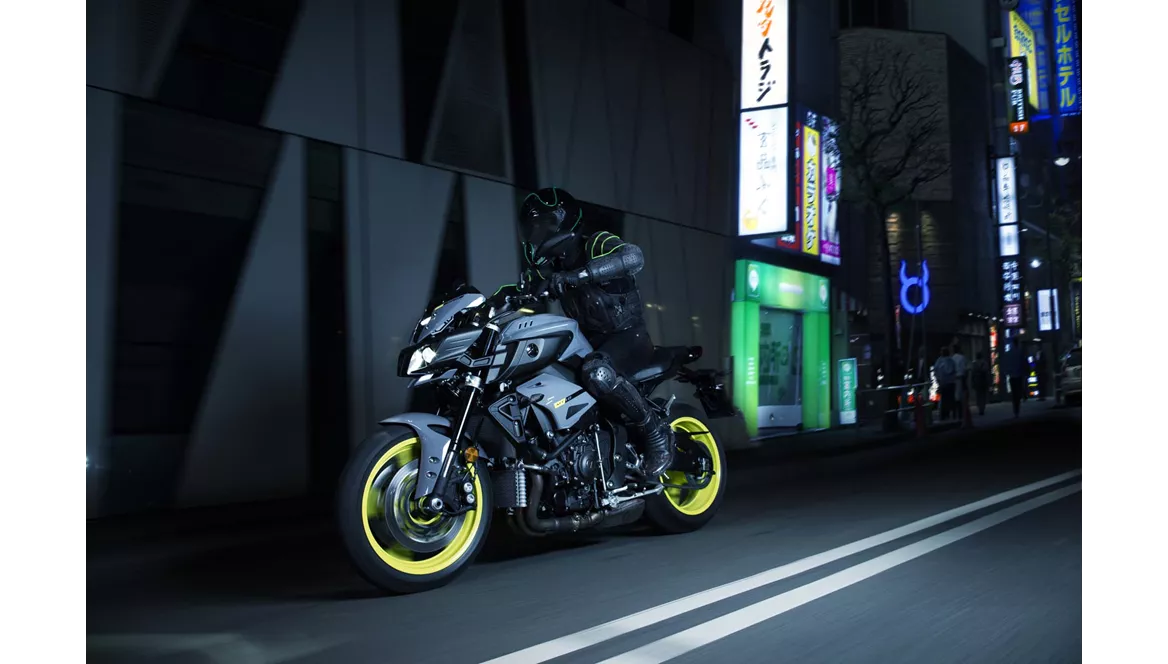
Yamaha MT-10 2016

Yamaha R1 2016
Overview - Yamaha MT-10 2016 vs Yamaha R1 2016
The Yamaha MT-10 and Yamaha R1, both released in 2016, are two distinct motorcycles with their own unique features and strengths.
Starting with the technical specifications, both bikes share the same bore and stroke measurements of 79 mm and 50.9 mm respectively. They also have the same engine displacement of 998 ccm and feature liquid cooling systems. The MT-10 has a slightly lower engine power of 160 HP compared to the R1's 200 HP. However, the torque output of the MT-10 is 111 Nm, while the R1 boasts 112.4 Nm. The compression ratio of the MT-10 is 12, while the R1 has a slightly higher compression ratio of 13. Both bikes have four cylinders and four valves per cylinder, with DOHC valve systems.
In terms of suspension, both the MT-10 and R1 feature Upside-Down telescopic forks in the front. The chassis of both bikes is made of aluminum and follows the Deltabox frame type. The front brakes on both models are double disk types.
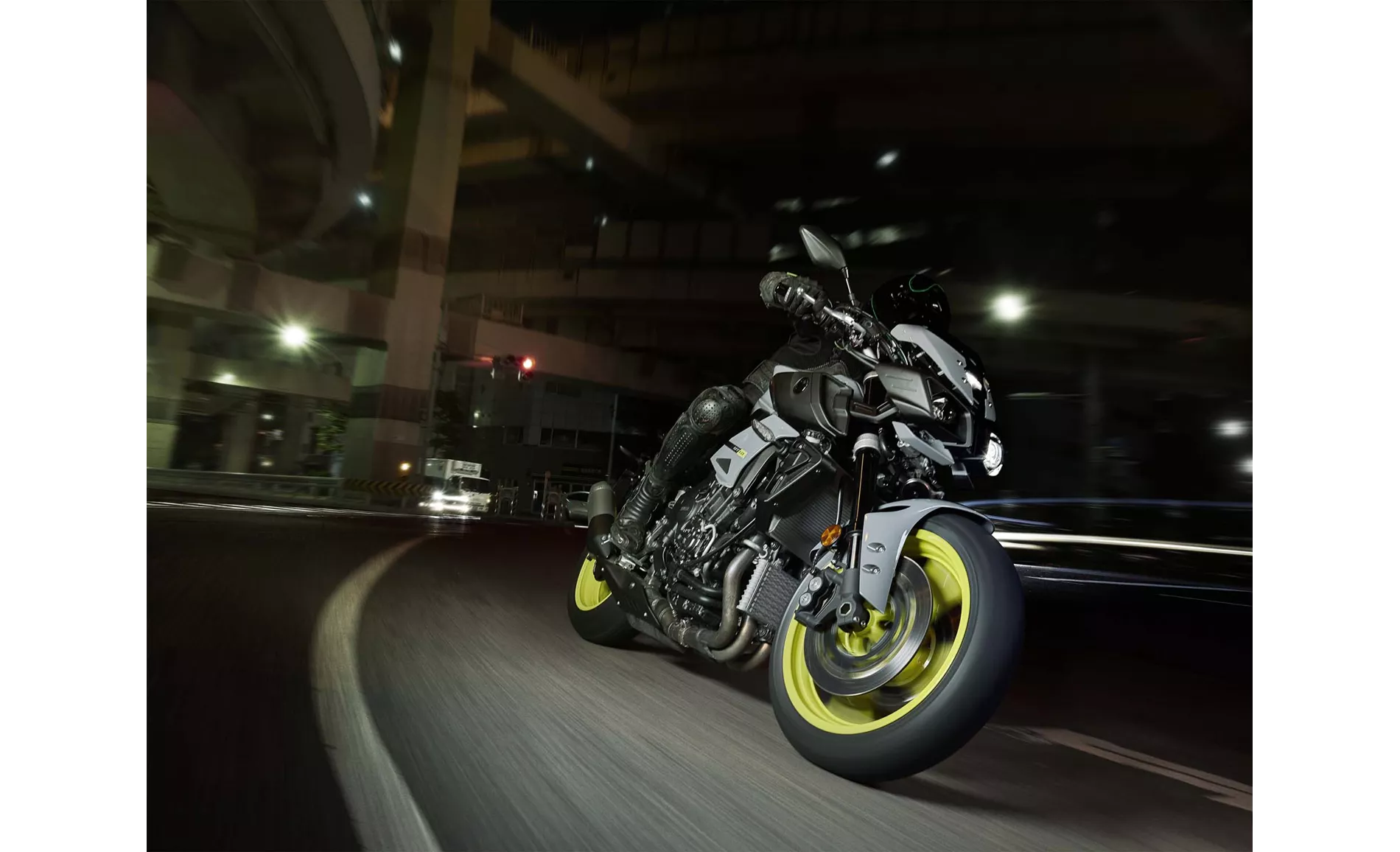
Yamaha MT-10 2016
When it comes to advanced rider assistance systems, both bikes are equipped with ABS and traction control. However, the R1 has an additional feature called launch control, which aids in achieving optimal acceleration from a standing start.
In terms of dimensions and weights, the front and rear tire widths and diameters are the same for both bikes, with 120 mm and 17 inches respectively. The wheelbase of the R1 is slightly longer at 1405 mm compared to the MT-10's 1400 mm. The seat height of the R1 is also higher at 855 mm, while the MT-10 has a seat height of 825 mm. The kerb weight of the R1 is 199 kg, which is lighter than the MT-10's 210 kg. Both bikes have a fuel tank capacity of 17 liters.
Moving on to the strengths of each bike, the MT-10 is praised for its CP4 engine, which provides a strong character and unmistakable sound. It is also highly agile and offers excellent high-speed stability. The MT-10 is equipped with strong brakes, ensuring reliable stopping power.

Yamaha R1 2016
On the other hand, the R1 is known for its lively handling and high-revving engine. The engine is also praised for being precisely controllable, allowing riders to have a greater level of control. The R1 comes with an excellent electronics package, further enhancing its performance.
However, both bikes have their weaknesses. The MT-10 is criticized for its poor comfort, limited wind protection, and hard fit, which may not be ideal for long rides. The R1's only weakness is that it only features a shift assistant for upshifting, lacking the convenience of a downshifting assistant.
In conclusion, the Yamaha MT-10 and Yamaha R1, both from 2016, have their own unique strengths and weaknesses. The MT-10 excels in terms of its strong character, agility, stability, and braking power. On the other hand, the R1 offers lively handling, a high-revving engine, and an excellent electronics package. Riders should consider their preferences and riding style to choose the bike that best suits their needs.
Technical Specifications Yamaha MT-10 2016 compared to Yamaha R1 2016
Pros and Cons in comparison
Pros and Cons in comparison
Yamaha MT-10 2016
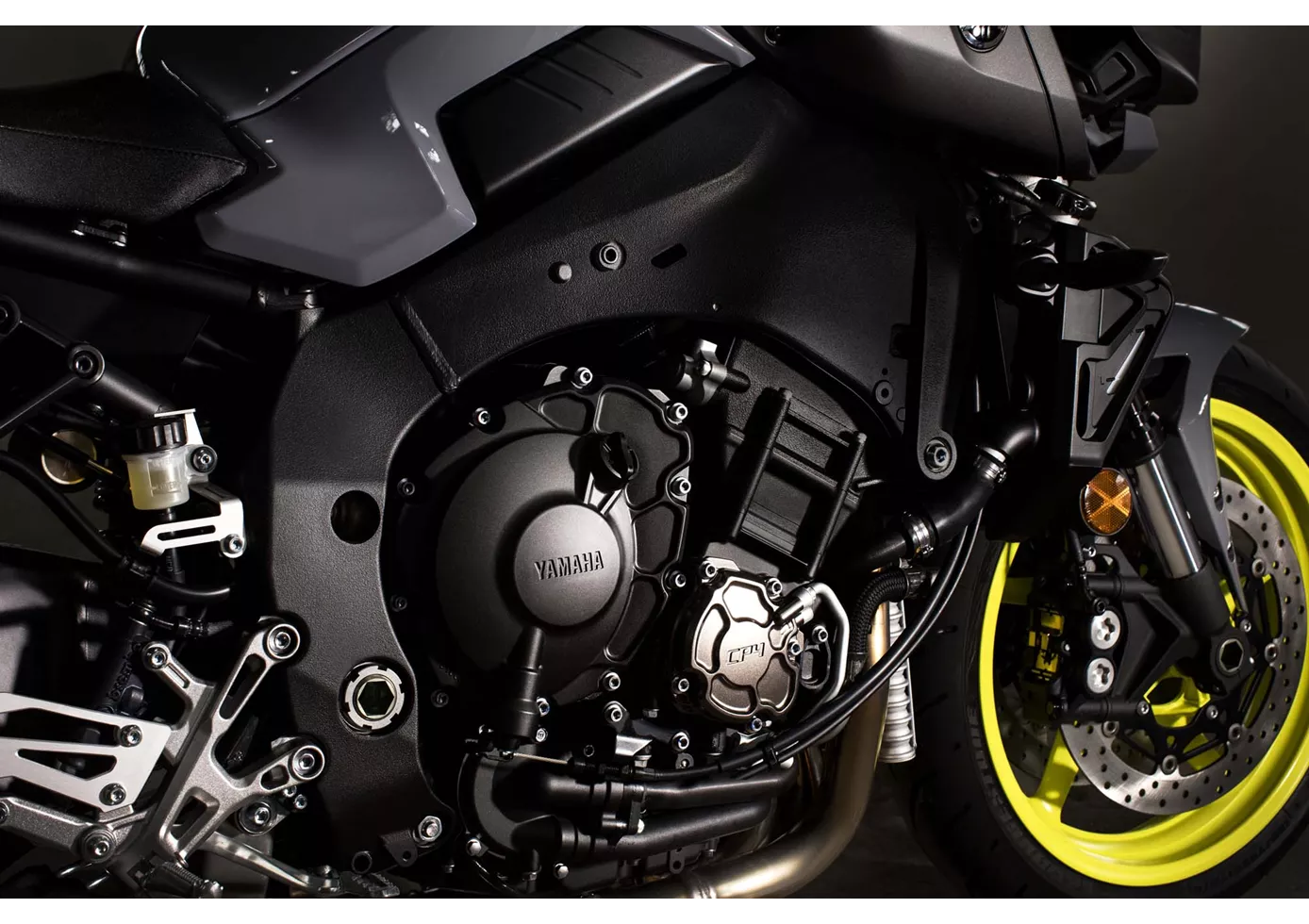
The short and stocky MT-10 is the furthest away from the R1 superbike of the renowned power naked bikes, both in terms of looks and chassis, but the heart of the MT-10 is directly descended from the racetrack weapon and fascinates with a uniquely raw sound and power from below thanks to the typical crank pin offset, which, with a modified firing order, ensures this unique character. The resulting 160 hp therefore only seem a little weak on paper compared to the more than 200 hp of the R1, in reality the MT-10 also ignites incredible fireworks. The suspension would probably be too soft for the race track, but it is just right for a country road fight, and the brakes do the same - probably only acceptable for the track, but perfect for the country road.
Yamaha R1 2016

Yamaha's high-tech rocket is still a technological leader in 2016. Radical, polarising and fascinating, it sets powerful lap times. It is closer to the race bikes than the other 1000s. In the meantime, no one grumbles about the front. Without the "M", it is the best choice for those who don't need Öhlins anyway, or the best choice for those who are planning a racetrack conversion anyway and like to install "normal" Öhlins hardware without electric stuff.
Price Comparison Avarage Market Price Yamaha MT-10 vs Yamaha R1
There are a few key differences between a Yamaha MT-10 2016 and a Yamaha R1 2016. In terms of price, the actual average price of a Yamaha R1 2016 is about 60% higher. A Yamaha MT-10 2016 experiences a loss of 810 GBP in one year and 1,870 GBP in two years of ownership. This is offset by a loss of 680 GBP and 600 GBP for a Yamaha R1 2016. Compared to Yamaha R1 2016 there are more Yamaha MT-10 2016 bikes available on the 1000PS.de Marketplace, specifically 7 compared to 6. It takes less time to sell a Yamaha R1 with 73 days compared to 97 days for the Yamaha MT-10. Since model year 2016 1000PS.de editors have written 32 reviews for the Yamaha MT-10 and 80 reviews for the Yamaha R1 since model year 2005. The first review for the Yamaha MT-10 was published on 17/11/2015 and now has more than 20,700 views. This compares to more than 3,900 views for the first review on Yamaha R1 published on 28/04/2003.
